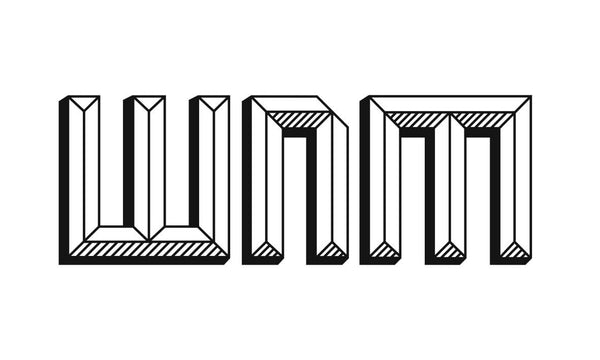Introduction
If you’ve ever wondered how brands create those vivid, layered PVC keychains with an almost sculpted look, you're not alone. 3D PVC keychains aren’t made in a single step—they require special design files, precise mold building, and careful color application. In this guide, we'll walk you through the process step by step and explain why providing a 3D design drawing is essential to avoid costly mistakes and ensure your keychains look exactly as you imagined.
Design Preparation
Creating a 3D PVC keychain starts long before production. First, you'll need a 3D artwork file (often in .AI or .STL format). This file does more than show how the front looks—it defines each layer, thickness, and edge.
Why 3D design is so critical:
- It helps the factory understand how different levels stack together.
- It shows which parts need separate molds or inserts.
- It avoids confusion when colors overlap or when some parts are raised while others are recessed.
Tip: If you only provide a flat 2D logo, the factory will have to guess how you want depth or contour, which can lead to unexpected samples and extra mold fees.

Molding Techniques
Unlike flat PVC keychains, 3D styles involve multi-layer molds. Here’s how it works:
-
Master Mold Creation
The factory first uses your 3D file to carve a master mold that contains cavities for each level of the design. -
Layered Injection
Instead of pouring all colors at once, PVC material is injected layer by layer. Each color and layer requires its own precise placement. -
Cooling and Demolding
After each layer cures, the mold opens to inject the next layer. This process repeats until all sections are filled. -
Assembly and Sealing
Sometimes, raised elements like text or icons are separately molded and hand-positioned on the base before sealing.
Because of this stepwise build, 3D PVC keychains cannot be “one-shot” molded, unlike 2D styles.

Color Application
Color in 3D PVC keychains is not painted. Instead, every color segment is colored PVC material poured into specific cavities of the mold. Here's what you should know:
- Pantone Matching: You'll provide Pantone codes for each color.
- Layer Order: The factory needs to know which colors go first (background) and which are raised on top.
- Overflow Control: Because material can spread during injection, your 3D drawing helps define boundaries to avoid bleeding.
This method creates vibrant, wear-resistant colors that don't chip off like print.
Common Mistakes to Avoid
We've seen clients lose time and money because of a few avoidable missteps:
- ❌ Sending only flat JPEGs or screenshots: These files can't show depth, and you'll be asked to re-create them in vector or 3D formats.
- ❌ Skipping pre-production samples: Always request a 3D rendering and digital proof to confirm all layers are correct.
- ❌ Not clarifying assembly: If your keychain includes attached parts (like dangling elements), make sure these are marked clearly in the file.
Conclusion
Designing a 3D PVC keychain is a rewarding process that brings your artwork to life in tactile detail. But remember, it's never a one-step operation. Providing a detailed 3D design drawing isn't just a formality—it’s the blueprint the factory uses to build your molds, layer your colors, and assemble your keychains properly.
If you're planning your first 3D PVC project, investing in professional design files and working with an experienced manufacturer will save you headaches and guarantee stunning results.
👉 Ready to get started? Contact us today for a free 3D design consultation and custom quote!
Or check out this guide on the PVC keychain production process to learn more about each step in detail.

